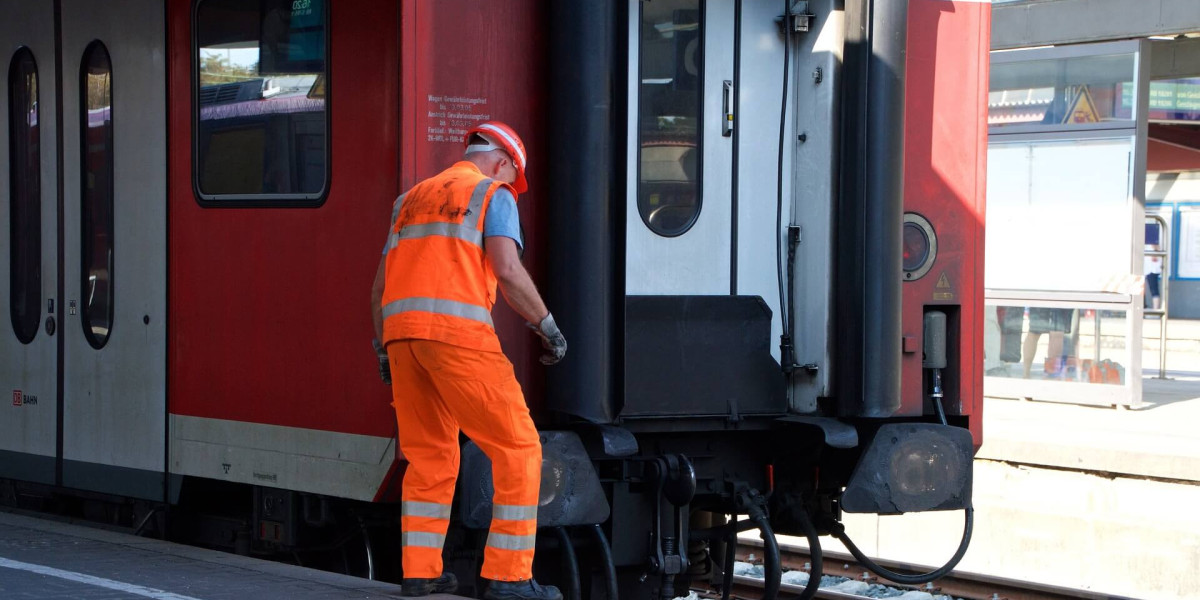A bi-directional butterfly valve is engineered to regulate flow by opening, closing, or throttling fluids in pipelines. Unlike traditional valves, these valves are capable of sealing against pressure from both directions, providing added flexibility in system design and operation.
The valve consists of a circular disc positioned in the center of the pipe, connected to a shaft. Rotating the shaft turns the disc either parallel or perpendicular to the flow path. This movement either permits or blocks the fluid passage. The symmetrical design of the valve disc and seat allows it to maintain a seal regardless of flow direction.
The ability to operate bi-directionally is beneficial in systems where flow reversal may occur, such as in pumping or circulation setups. The valve’s sealing components are engineered to withstand bidirectional pressure, reducing the chance of leakage and maintaining consistent flow control.
Materials play a crucial role in the valve’s durability and performance. Commonly, body materials include carbon steel or stainless steel, paired with resilient seal materials suitable for the handled fluid. These materials ensure the valve functions well across a range of temperatures and chemical exposures.
Installation is often simple due to the valve’s lightweight and compact form. The valve can be installed between flanges in pipelines, offering space-saving advantages compared to other valve types. Maintenance procedures typically involve inspection of the disc and seal to confirm they remain intact and functional.
Automation options for bi-directional butterfly valves include electric or pneumatic actuators, which enable remote operation and integration into control systems. This makes the valve adaptable for automated processes requiring reliable flow management.
Industries such as water distribution, wastewater treatment, and chemical manufacturing utilize these valves to achieve dependable control. Their bidirectional sealing capability contributes to safer and more efficient system operation.
In conclusion, bi-directional butterfly valves provide a practical option where flow direction may vary. The design supports durability, ease of use, and adaptability across various industrial needs.






